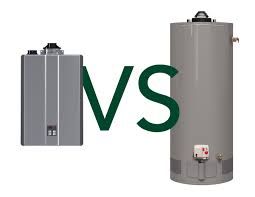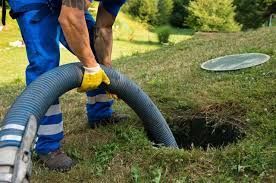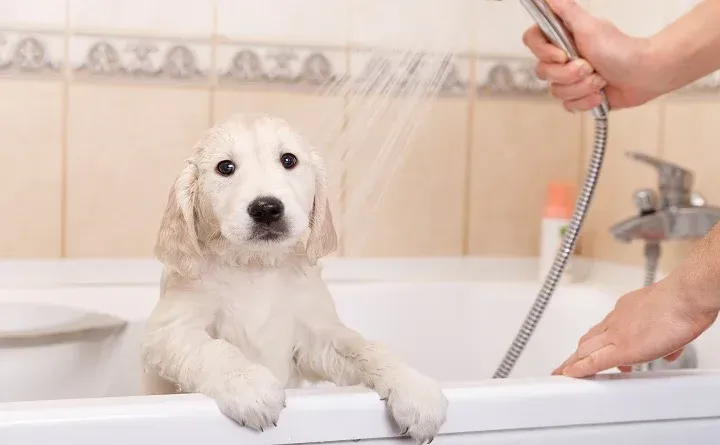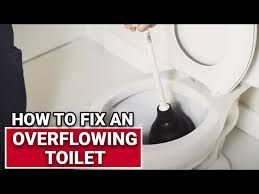The Importance of Regular Sump Pump Maintenance
A sump pump is one of the most essential components in protecting your home from flooding and water damage. Located typically in the basement or crawl space, this hardworking device ensures that excess water is effectively removed, preventing structural damage, mold growth, and costly repairs. Despite its importance, many homeowners overlook the need for regular maintenance, putting their homes at risk of water-related issues.
Regular maintenance isn’t just about keeping the pump operational—it’s about ensuring peace of mind, especially during heavy rains or snow melts. A neglected sump pump can fail at the worst possible time, turning minor issues into major problems. By understanding how a sump pump works and prioritizing its upkeep, you can avoid unexpected emergencies and extend the lifespan of your system.
Common Sump Pump Problems and How to Fix Them
How Does a Sump Pump Work?
A sump pump is designed to remove water that collects in a sump basin, typically located in the lowest part of your home. When groundwater rises to a certain level, the pump is activated, pushing the water out through a discharge line to a safe location away from your home. Components like the float switch, impeller, and check valve work together to ensure efficient operation. Understanding this process underscores why maintenance is so important—each part must function properly to keep water at bay.
Why Regular Maintenance is Crucial
- Preventing Flooding and Water Damage
A sump pump is your first line of defense against basement flooding. Regular maintenance ensures that it’s ready to handle heavy rains and rising water levels, protecting your property from water damage that can cost thousands of dollars to repair. - Extending the Life of Your Sump Pump
Proper care can significantly extend the lifespan of your sump pump, which typically lasts around 10 years. Maintenance reduces wear and tear, preventing premature breakdowns and the need for frequent replacements. - Improving Efficiency and Performance
A well-maintained pump operates more efficiently, saving energy and ensuring that water is removed quickly and effectively. Neglected pumps, on the other hand, can struggle to perform, leading to inefficient operation and potential failure. - Avoiding Emergency Repairs
Regular maintenance helps identify issues before they escalate into costly emergencies. Catching problems early, such as a worn-out float switch or clogged discharge line, can save you from unexpected repair bills and stress.
Key Maintenance Tasks
- Cleaning the Pump and Pit
Over time, dirt, debris, and sediment can accumulate in the sump pit and on the pump itself. Regularly cleaning these areas prevents clogs and ensures that the pump operates smoothly. Use a damp cloth to wipe the pump and remove debris from the pit to keep the system free of obstructions. - Checking the Discharge Line
The discharge line carries water away from your home, and any blockages or kinks can impede its function. Inspect the line regularly to ensure it’s clear of debris, ice, or obstructions. If the line is clogged, it could lead to water backing up into your home. - Testing the Float Switch
The float switch activates the pump when water levels rise. A malfunctioning float switch can prevent the pump from turning on or off, leading to flooding or unnecessary wear. Periodically lift the float manually to ensure it triggers the pump correctly. - Inspecting the Check Valve
The check valve prevents water from flowing back into the sump pit after it’s pumped out. A faulty check valve can force the pump to work harder, shortening its lifespan. Check for cracks or wear and replace it if necessary. - Lubricating Moving Parts
Regular lubrication of moving parts, such as the impeller, ensures smooth operation and reduces wear. Use manufacturer-recommended lubricants to avoid damaging the system. - Testing the Pump
Simulate a flood scenario by pouring water into the sump pit to activate the pump. This test ensures the pump is functioning correctly and can handle water levels effectively during actual flooding. - Scheduling Annual Professional Inspections
While you can handle basic maintenance tasks, a professional inspection can identify hidden issues. Professionals can check electrical connections, inspect the motor, and test backup systems to ensure your pump is in top shape.
Signs Your Sump Pump Needs Professional Attention
- Excessive noise during operation.
- Vibrations or irregular cycling.
- Water pooling around the sump pit.
- Frequent system shutdowns.
- Visible rust or corrosion on components.
DIY vs. Professional Maintenance
What Homeowners Can Do Themselves
Homeowners can perform basic tasks such as cleaning the pump, checking the discharge line, and testing the float switch. These steps ensure that the pump is functioning properly and free from obvious issues.
Benefits of Hiring a Professional
Professionals bring expertise to identify problems that may not be visible to the untrained eye. They can check the motor, electrical components, and backup power systems, ensuring the sump pump is fully operational.
Seasonal Maintenance Tips
Spring and Heavy Rain Preparation
- Inspect and clean the sump pit before the rainy season.
- Ensure the discharge line is clear and directed away from your home.
Winter Care to Prevent Freezing
- Insulate the discharge line to prevent freezing.
- Test the pump periodically to ensure it operates in cold weather.
The Cost of Neglect
Neglecting sump pump maintenance can lead to catastrophic consequences, including basement flooding, mold growth, and structural damage. Regular maintenance costs a fraction of the price of repairing flood damage or replacing a failed pump.
Conclusion
Regular sump pump maintenance is essential for protecting your home and ensuring peace of mind. By performing basic tasks yourself and scheduling professional inspections, you can extend the lifespan of your pump and avoid costly emergencies. Make maintenance a priority to keep your home safe and dry year-round. In addition to regular inspections, it is important to clean the sump pump and its surrounding area. Remove any debris, dirt, or leaves that may obstruct the pump's operation. Check the discharge pipe for any signs of clogs or blockages to ensure that water can flow freely away from your foundation. Keeping the area clean not only enhances the pump's efficiency but also minimizes the risk of water damage to your basement.




CONTACT INFORMATION
Office:
855-266-7682
Email:
service@AllCityPlumbers.com
Address: 6694 Oak Ridge Commerce Way, Austell, GA 30168
Business Hours:
Mon - Sun 24 Hours
OUR SERVICES
© 2022 All Rights Reserved|All City Plumbers Privacy Policy | Terms & Conditions | Sitemap

